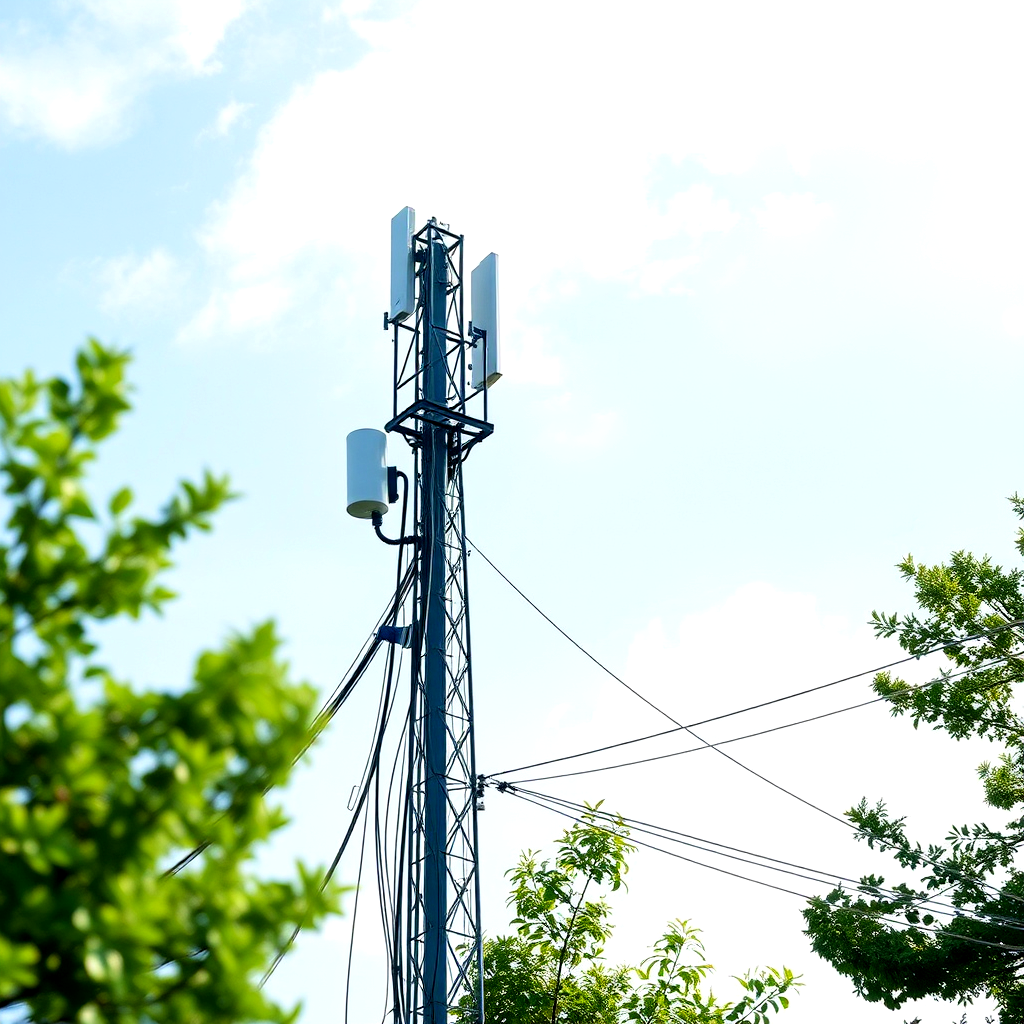Next-Generation Fixed Wireless (NextGen FW) refers to an advanced iteration of traditional fixed wireless technology, utilizing cutting-edge innovations to deliver faster, more reliable, and highly scalable internet connectivity. Fixed wireless has historically been associated with providing internet through radio waves from a base station to a fixed receiver, such as an antenna on a home or business. NextGen FW improves upon this model by incorporating modern technologies that address the increasing demands for bandwidth, speed, and latency while enhancing overall network flexibility and security.
Here’s a breakdown of what Next-Generation Fixed Wireless offers:
1. Improved Speed and Bandwidth
One of the most significant enhancements in NextGen FW is its ability to provide much higher internet speeds and bandwidth compared to traditional fixed wireless services. By utilizing more efficient spectrum management, wider frequency bands (such as millimeter wave technology), and advanced modulation techniques, NextGen FW can offer speeds comparable to fiber-optic networks. This allows for data-heavy tasks such as HD video streaming, large file downloads, and online gaming without compromising performance.
2. Use of 5G Technology
Next-Generation Fixed Wireless is often built on 5G technology, which offers major improvements in speed, latency, and capacity. 5G-enabled fixed wireless connections benefit from the low-latency and ultra-fast speeds of 5G networks, which are critical for applications like real-time video conferencing, smart city solutions, and Internet of Things (IoT) devices. The combination of fixed wireless and 5G enables rapid and scalable deployment of high-speed internet in urban, suburban, and rural areas alike.
3. Lower Latency
Latency refers to the delay in data transmission over a network. Traditional fixed wireless solutions often had higher latency compared to wired connections, but NextGen FW reduces this significantly. By using advanced network routing, beamforming, and edge computing technologies, NextGen FW delivers near real-time performance, which is crucial for applications like virtual reality (VR), telemedicine, and gaming.
4. Scalability and Flexibility
NextGen FW is highly scalable and flexible. It supports point-to-multipoint (P2MP) and point-to-point (P2P) configurations, making it adaptable to both residential users and businesses that need high-capacity, dedicated internet connections. Moreover, the modular nature of the technology allows service providers to expand their network coverage more easily, especially in remote and underserved areas.
5. Enhanced Security Features
Security is a critical aspect of any internet service, and NextGen FW comes with enhanced security features that protect users from modern cyber threats. These include built-in encryption, intrusion detection and prevention systems (IDPS), and more advanced firewall capabilities, which make it suitable for businesses handling sensitive data or users who require robust data protection.
6. Resilience and Reliability
NextGen FW is designed to be highly resilient. While traditional fixed wireless connections can be impacted by weather conditions or physical obstructions, newer technologies like beamforming and mesh networking in NextGen FW reduce these vulnerabilities. Beamforming directs the wireless signal straight to the receiving device, minimizing interference and improving reliability. Mesh networking, on the other hand, ensures multiple connection points, creating redundancy and reducing the chances of a total network failure.
7. Efficient Spectrum Use
One of the key technical improvements in NextGen FW is the more efficient use of radio spectrum. By employing advanced spectrum-sharing technologies, providers can deliver faster internet speeds without consuming additional frequency bandwidth. This is particularly beneficial in densely populated areas where spectrum congestion can be an issue.
8. Cost Efficiency
Compared to fiber-optic installations, which require extensive and expensive infrastructure, NextGen FW offers a more cost-effective alternative. It doesn’t require digging trenches or laying cables, which can significantly reduce deployment time and costs. This is especially advantageous in rural areas where traditional wired infrastructure is not feasible.
9. Deployment in Urban and Rural Areas
NextGen FW is equally effective in both urban and rural environments. In cities, it provides a high-speed alternative to fiber or cable-based internet. In rural areas, where traditional broadband infrastructure is often lacking or too costly to install, NextGen FW delivers high-speed internet without the need for extensive physical infrastructure. This makes it a powerful tool for bridging the digital divide and improving connectivity in underserved regions.
Conclusion
Next-Generation Fixed Wireless (NextGen FW) represents a major leap forward in wireless broadband technology. By leveraging 5G, advanced network management, and modern spectrum-sharing techniques, NextGen FW provides faster speeds, lower latency, greater scalability, and improved security over its predecessors. It is poised to become a critical solution for delivering high-speed internet to a wide range of users, from urban residents to remote rural communities, while maintaining flexibility, cost efficiency, and reliability.
In an increasingly connected world, NextGen FW is at the forefront of the future of internet connectivity, offering a versatile and scalable option for both homes and businesses alike.
